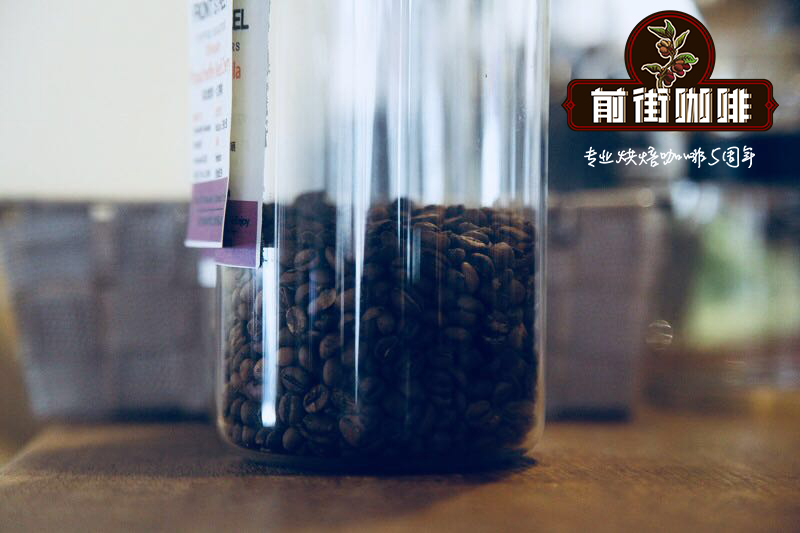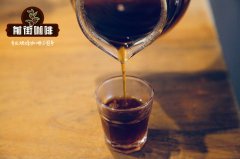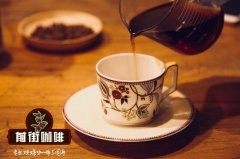How to distinguish between genuine Blue Mountain Coffee beans and Jamaica Blue Mountain Coffee Historical grading system Flavor and taste

Professional coffee knowledge exchange more coffee bean information please follow the coffee workshop (Wechat official account cafe_style)
What is the price of Jamaican coffee, Blue Mountain coffee?
The most successful and expensive coffee in the world is Jamaica Blue Mountain Coffee, which is sweet, supple, round, nutty and mellow.
Jamaican coffee is not equal to blue mountain coffee:
Coffee located in the Blue Mountains in eastern Jamaica (more than 1000 meters of sea fish) is the real Blue Mountain Coffee.
Jamaica Coffee Blue Mountain Coffee is not equal to Blue Mountain Coffee:
Just mixed beans to make a flavor similar to the Blue Mountain coffee, can not be compared with the real Blue Mountain coffee.
Jamaica Blue Mountain Coffee rating:
In terms of quality, the order is: NO.1 > NO.2 > NO.3
Arabica Iron pickup (Typica)
Arabica coffee variety Typica is one of the varieties closest to the original species, with a slightly longer bean shape, clean citric acid taste, sweet aftertaste and elegant flavor, but its physique is weak and its resistance to leaf rust is low, so it is not easy to grow and plant, and its yield is low. Excellent manor beans such as the Blue Mountains of Jamaica, Manning of Sumatra and Kona of Hawaii all belong to Tibika.
Jamaican coffee beans have a long history. In 1728, the then British Governor Nicholas Lowe Sir Nicholas Lawes imported coffee from French Martinique Island to Jamaica. Because the local climate was very suitable for growing coffee beans, Jamaica exported 83000 pounds of high-quality coffee nine years after its introduction. The Blue Mountain Coffee producing area is located in the east of Jamaica. Only those growing in this area at an altitude of 3000 to 5500 feet are authentic [Jamaican Blue Mountain Coffee] (Jamaica Blue Mountain). Other coffee growing at an altitude of 1500 to 3000 feet can only be called [Jamaican Alpine Coffee] (Jamaica High Mountain). Coffee grown below 1500 feet above sea level is Jamaica Supreme or Jamaica Low Mountain. Coffee growing above 5500 feet is not allowed in conservation forests.
The Jamaica Coffee Authority was established in June 1950, officially responsible for improving and maintaining the quality of exported coffee beans. There are currently five government-certified 100% Blue Mountain coffee processing plants: Warren Wallenford,Mavis Bank, Old Inn Old Tavern,Silver Hill,Moy Hall.
Important Notice :
前街咖啡 FrontStreet Coffee has moved to new addredd:
FrontStreet Coffee Address: 315,Donghua East Road,GuangZhou
Tel:020 38364473
- Prev

What is the variety of iron pickup? is the coffee delicious? description of the characteristics and flavor of iron pickup.
Professional coffee knowledge exchange more coffee bean information please follow the coffee workshop (Wechat official account cafe_style)
- Next

What is the reason for the weak taste of hand-brewed coffee? how to brew hand-brewed coffee with a flavor will not be too watery.
Professional coffee knowledge exchange more coffee bean information please follow the coffee workshop (Wechat official account cafe_style) "temperature" 1. Extraction rate: the extraction rate of coffee is higher than that of temperature. Bitter and astringent coke is the flavor of the later stage, if the coffee is bitter, scorched, astringent, etc., the extraction water temperature can be reduced and adjusted. On the other hand, if you rush out and feel the smell of fresh water, there is still a lot of water.
Related
- Beginners will see the "Coffee pull flower" guide!
- What is the difference between ice blog purified milk and ordinary milk coffee?
- Why is the Philippines the largest producer of crops in Liberia?
- For coffee extraction, should the fine powder be retained?
- How does extracted espresso fill pressed powder? How much strength does it take to press the powder?
- How to make jasmine cold extract coffee? Is the jasmine + latte good?
- Will this little toy really make the coffee taste better? How does Lily Drip affect coffee extraction?
- Will the action of slapping the filter cup also affect coffee extraction?
- What's the difference between powder-to-water ratio and powder-to-liquid ratio?
- What is the Ethiopian local species? What does it have to do with Heirloom native species?

